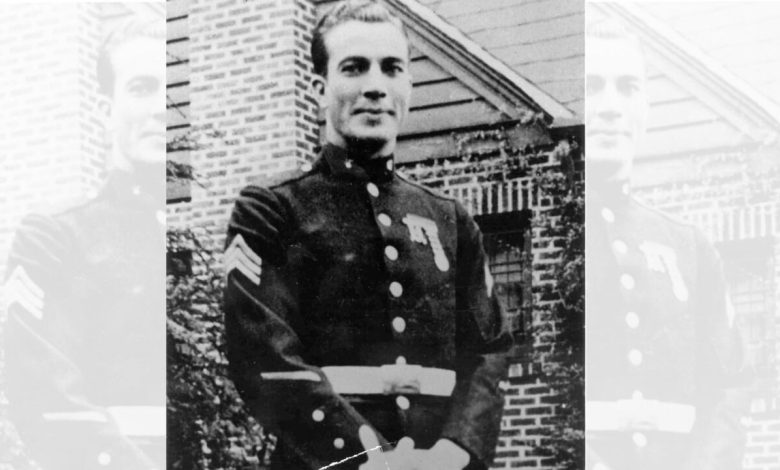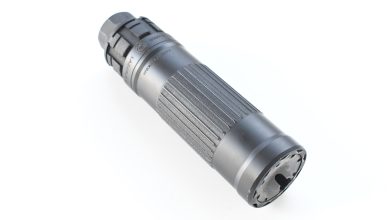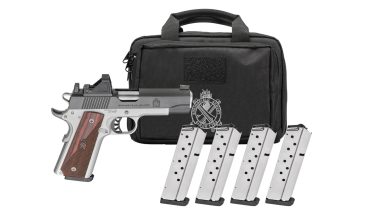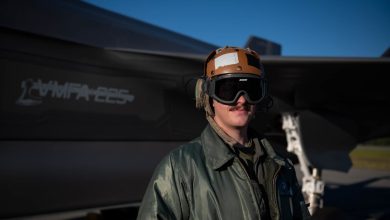Marine Raider earned the MOH taking out enemy sniper on Makin Island

On Aug. 17, 1942, a party of 211 United States Marines landed on the Japanese-occupied Makin Atoll in the Gilbert Islands.
Their objectives, multiple: destroy local installations, take two or more prisoners for interrogation purposes; gather all the intelligence they could on the Gilberts; and divert enemy attention to their mini-invasion and away from battles then going on at Guadalcanal, Tulagi, Gavutu-Tanambogo.
The special unit involved, the famed 2nd Marine Raider Battalion under Lt. Col. Evans Carlson, arrived aboard the submarines Argonaut (SM-1) and Nautilus (SS-168) and slipped ashore aboard LCRLs (landing craft, rubber, large).
The men were exceptionally well trained, but in their ranks was a sergeant who proved more outstanding yet, even by Marine standards.
The Atlanta, Georgia, native Clyde Aristide Thomason enlisted in the Marine Corps in December 1934, choosing to simplify his name as “Clyde Thomason” throughout his military career. He was honorably discharged in 1939 and joined the Fleet Marine Force Reserve. When war broke out, Thomason enlisted in the U.S. Marine Corps Reserve and worked his way into Company A, 2nd Marine Raiders.
His 6′4, 190 frame was initially deemed too large for a Raider, but Thomason wrote letters to his friends back home that he was insistent on going “where things are happening” and received a special waiver to join the Raiders. Impressed by his conduct, Carlson put him in charge of leading A Company during the Makin landing.
On Aug. 16 Argonaut and Nautilus surfaced beyond Makin and at 0330 hours on Aug. 17 the Raiders deployed, disembarked and engaged the Japanese 62nd Garrison Force.
During the fighting Thomason led Company A with what witnesses testified were exemplary judgment and “great personal valor.” At a crucial point the Raiders encountered a Japanese sniper firing from a building. Pinpointing the threat, Thomason advanced to the house without hesitation, forced the door open and shot the sniper.
However, as Thomason led a subsequent assault, he was shot dead.
Ultimately, the 2nd Marine Raiders realized that enemy reinforcements would be on the way and at midnight on Aug. 18, the Marines pulled out.
In a final evaluation, the Makin raid was deemed a failure. While the Raiders did wreak considerable destruction — killing at least 83 Japanese, destroying two flying boats and two small transport boats — they never seized a live prisoner nor acquired valuable local information for the Makin invasion destined for November 1943. Furthermore, it did not divert so much as an enemy water canteen from the Solomons.
What’s more, the evacuation was less than well carried out, with 19 Raiders killed, 17 wounded, two missing and, most bitter, nine Marines falling into enemy hands.
All nine of those prisoners of war were subsequently put to death for which the senior commander in the area, Adm. Koso Abe, would be tried after the war and executed.
Despite this, Thomason was recognized, according to his citation, for his “keen judgement and discrimination and, by his exemplary leadership and personal valor.”
On Jan. 20, 1943, Thomason’s stepmother, Amie Thomason, went to Washington to receive her stepson’s posthumous Medal of Honor from U.S. Secretary of the Navy James Forrestal, attended by Marine Commandant Lt. Gen. Thomas Holcomb.
Thomason was the first Marine non-commissioned officer so honored during World War II.
In 1999, Thomason’s dog tags were discovered in a mass grave on Makin Island. His remains were recovered and on Aug. 17, 2001, they were reburied at Arlington National Cemetery, Virginia.
Read the full article here









